
Before/After examples on Behance
from English Grammar Today After as a preposition and conjunction After means 'later than' and 'next in time or place'. After can be used before a noun phrase (as a preposition): Shall we have a swim after lunch? The bank is just after the park, on the left. After can introduce a clause (as a conjunction):

Before and After Nivel B2 GCFGlobal Idiomas
Is there ever a comma after "which"? Worksheet: Comma before or after "which" Other interesting language articles Comma before "which": Nonrestrictive clause "Which" is most commonly used to introduce extra information that isn't essential to the meaning of the sentence.
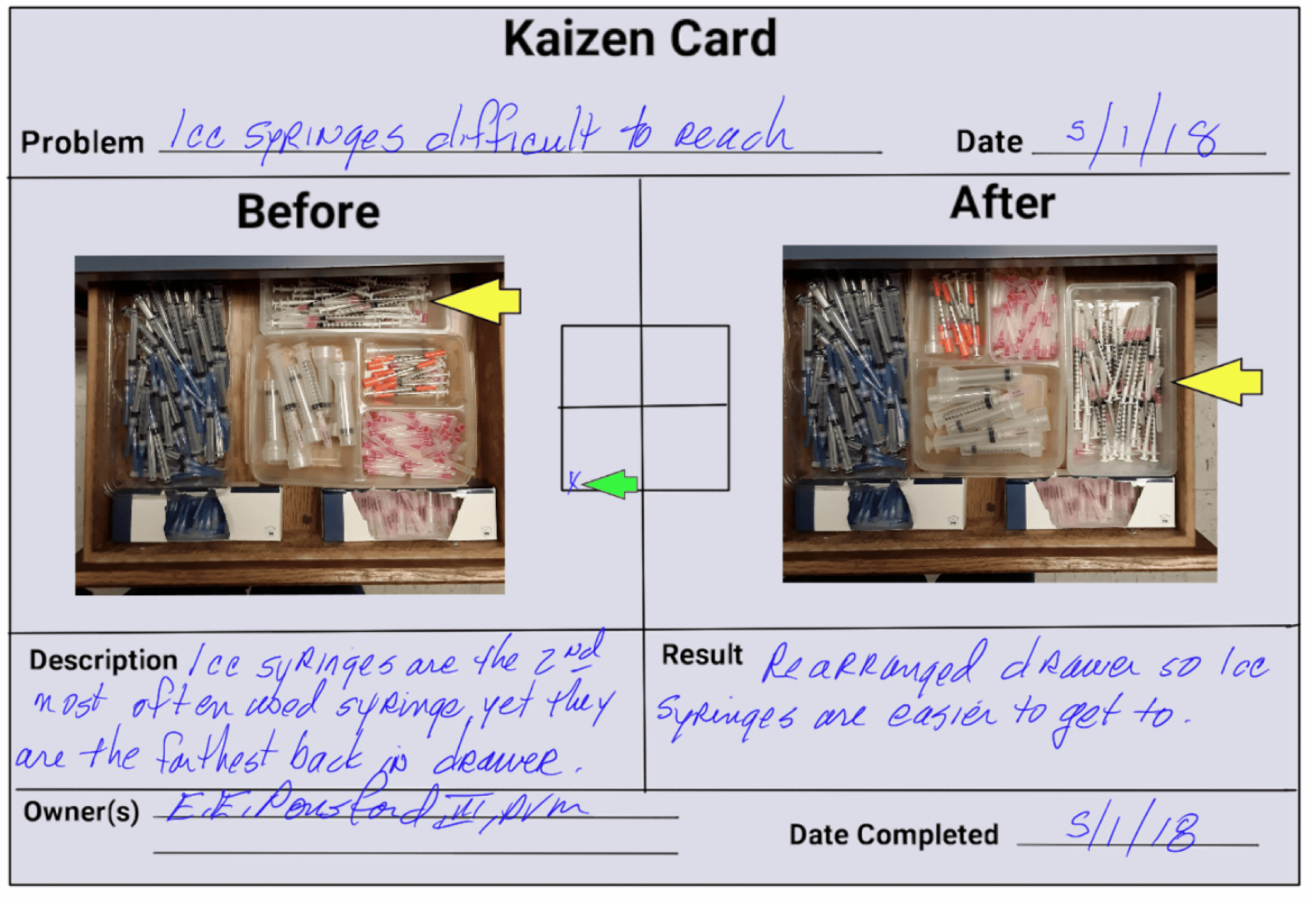
A Concern I Heard about Kaizen at a Veterinary Leadership Conference... It Didn't Surprise Me
Looking for sentences with " after which time "? Here are some examples. The larvae are planktonic for 4 to 5 weeks after which time they metamorphose and settle on suitable substrates to begin their benthic life. After changing from passive to active, the detection commences after max. 0.3ms, after which time the switching outputs are.
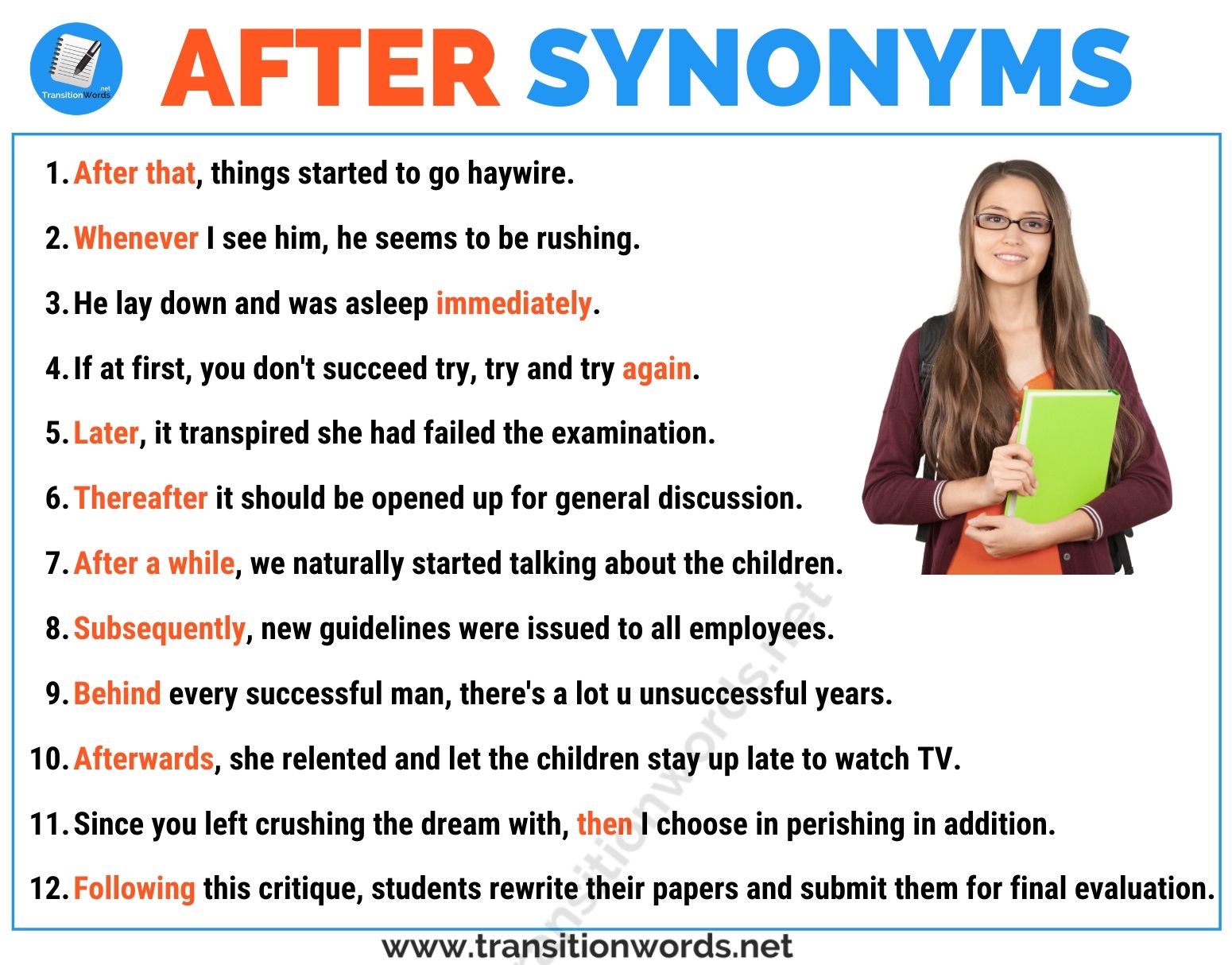
Another Word for AFTER List of 12 Synonyms for After with Helpful Examples Transition Words
There is no usage that I know of that calls for the comma after the words "which" or "such as". At least, not the commas that are associated with them. But I will edit again just in case I am wrong here. OP's first example is ungrammatical anyway. When used in this way, which must be preceded by a noun or noun phrase.

Before and After Examples Emily Christine Boudoir, Beauty & Glamour Portraits
Examples of When NOT to Use a Comma Before Which. Example 1: "This is the prison cell in which a famous monarch spent the last days before her execution.". The word "which" is part of the prepositional phrase "in which.". You never need to use a comma before "which" if it's part of a prepositional phrase. Example 2: "I don.
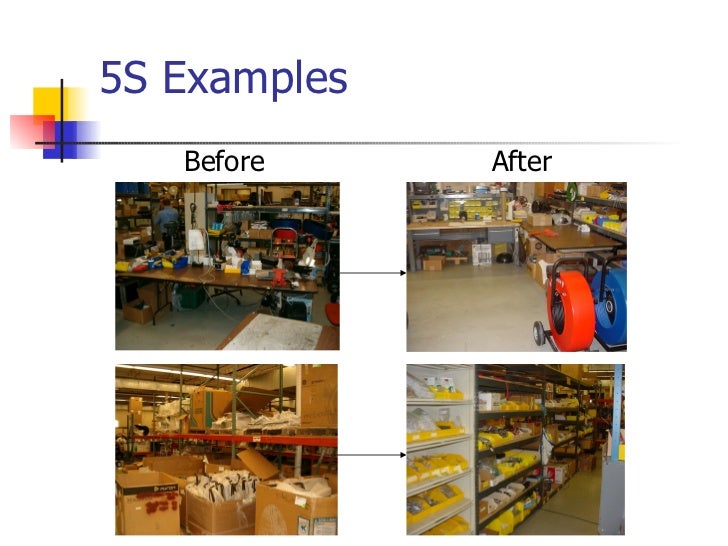
Lean presentation ppt
Which. One of the more challenging grammar concepts in the English language is the difference between the words that and which. Both serve a similar purpose, but the meaning of the sentence can change depending on which one you use. The resources below break down the grammar rules associated with that and which and describes when to use each one.

Free GoGetter Membership Share Your 5S Before and After Photo
Which or what? We use both which and what to ask questions. We use which when there is a restricted range of answers. We use what more commonly when the range of answers is not restricted: Which is the capital of Liberia? Monrovia or Greenville? What's the capital of Liberia? Which in relative clauses

Before/After examples made by Nextmotion YouTube
1. Positioning: "After which" is typically used to connect two clauses or phrases within a sentence. It is important to place this phrase immediately after the action or event it refers to, ensuring that the relationship between the two elements is clear. For example: "She completed her presentation, after which the audience applauded."
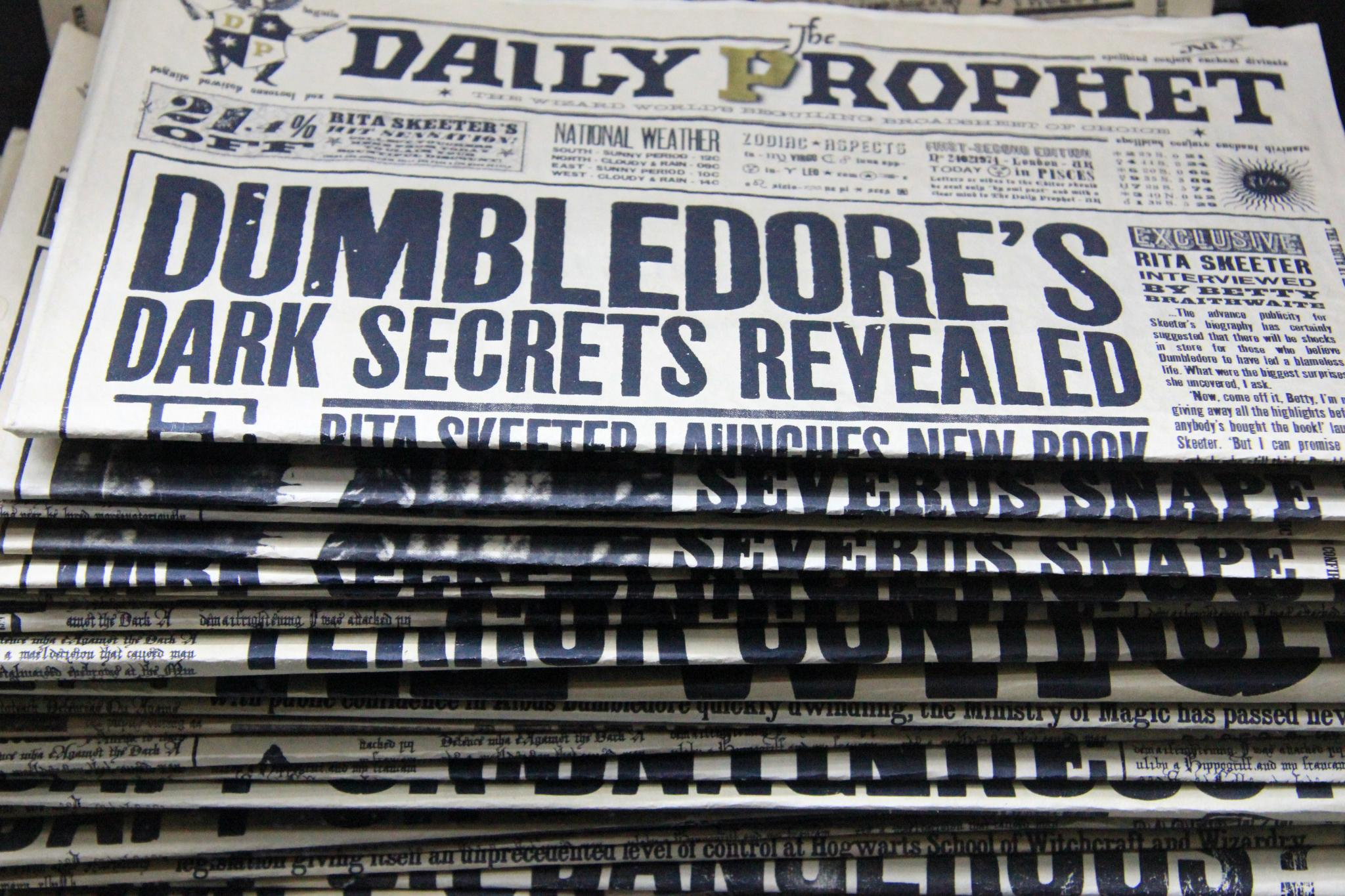
13 More BeforeandAfter Examples of Headline Magic
"After which" is used in a sentence to introduce a relative clause and to show that the actions described in that clause came after the actions in the preceding clause. Less commonly, it is used to talk about a thing being named after another thing. What kind of phrase is "after which"? Like " of which ," "after which" is a prepositional phrase.

Before and After Examples on Behance
Examples of when to use a comma before "which". "Which" introducing a nonrestrictive clause (comma) "Which" introducing a restrictive clause (no comma) My car, which is a blue Ford Focus, was stolen last week. The car which was reported stolen was a blue Ford Focus. I can't wait for Christmas, which is my favourite holiday.

What is a Subordinating Conjunction? Examples and Sentences Subordinating conjunctions
A after which How to use "after which" in a sentence? Examples Translator Phrasebook open_in_new These sentences come from external sources and may not be accurate. bab.la is not responsible for their content.
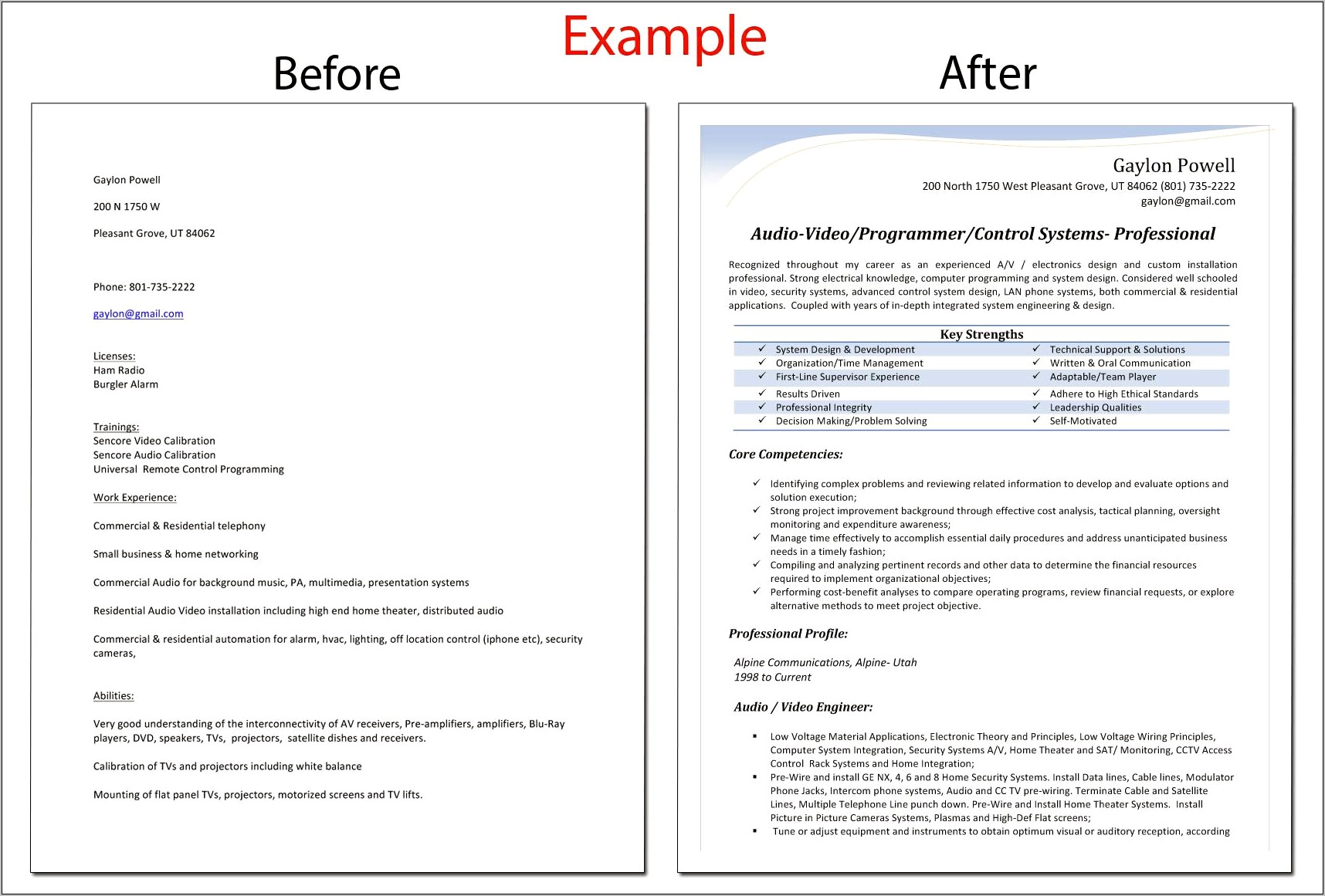
Before And After Resume Examples Resume Example Gallery
The phrase "of which" can only appear at the beginning of a relative clause, a special type of clause that is used to further explain another part of the sentence in which it appears. When using "of which" to begin a relative clause, first you must place a comma after the noun. Next, add "of which.". Finally, write the rest of the.

Before & After Examples
Here, 'after' indicates the time of departure. After a few days, she will get better. As you can see, 'after' is used to show a specific amount of time has passed. Anna's name comes after mine on the professor's list. In this example, 'after' is used to indicate the order or sequence of names. John is the first runner, and Sarah comes after him.
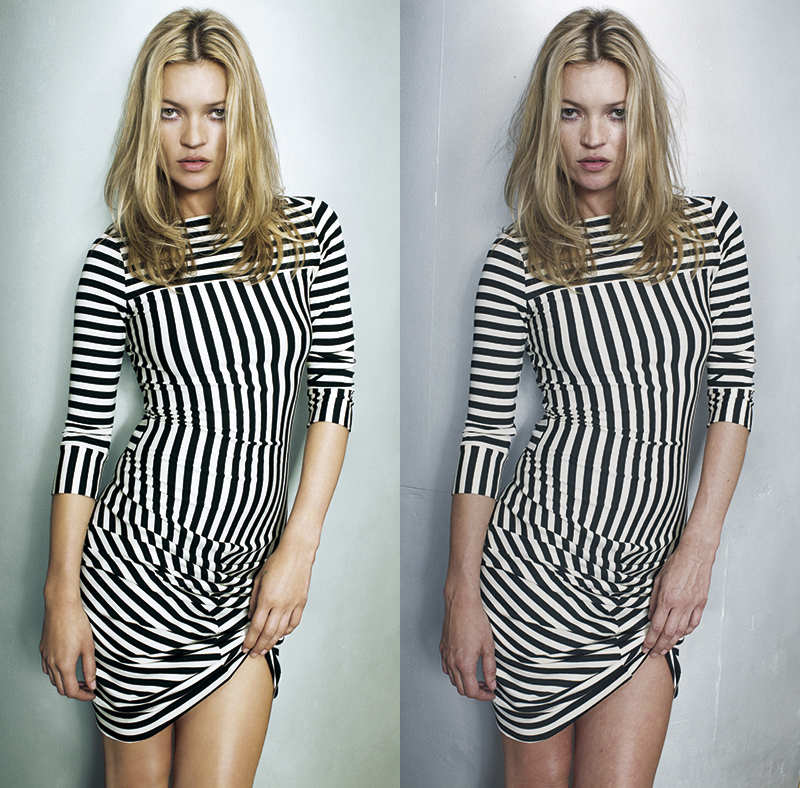
before & after examples Adrian Hayes Portfolio
Your writing, at its best Grammarly helps you communicate confidently Write with Grammarly Which vs. that: What's the difference? The difference between which and that depends on whether the clause is restrictive or nonrestrictive. In a restrictive clause, use that. In a nonrestrictive clause, use which.

Before and After examples
Using 'after which' to start a new sentence Ask Question Asked 8 years, 2 months ago Modified 8 years, 2 months ago Viewed 30k times 3 I am a non-native speaker. In a book I'm currently reading, sentences are often started by 'after which'. She zipped up her tracksuit jacket. After which he decided to go upstairs.

Before and After Pictures and examples Dickerson Landscaping
"After which" means that people no longer have to worry about following along. Instead, we've made it much clearer what we aim to get out of the situation. Typically, you'll see sentences like the following: I went to the store, after which I went back home. While it's not common for natives to say the above, it's still grammatically correct.